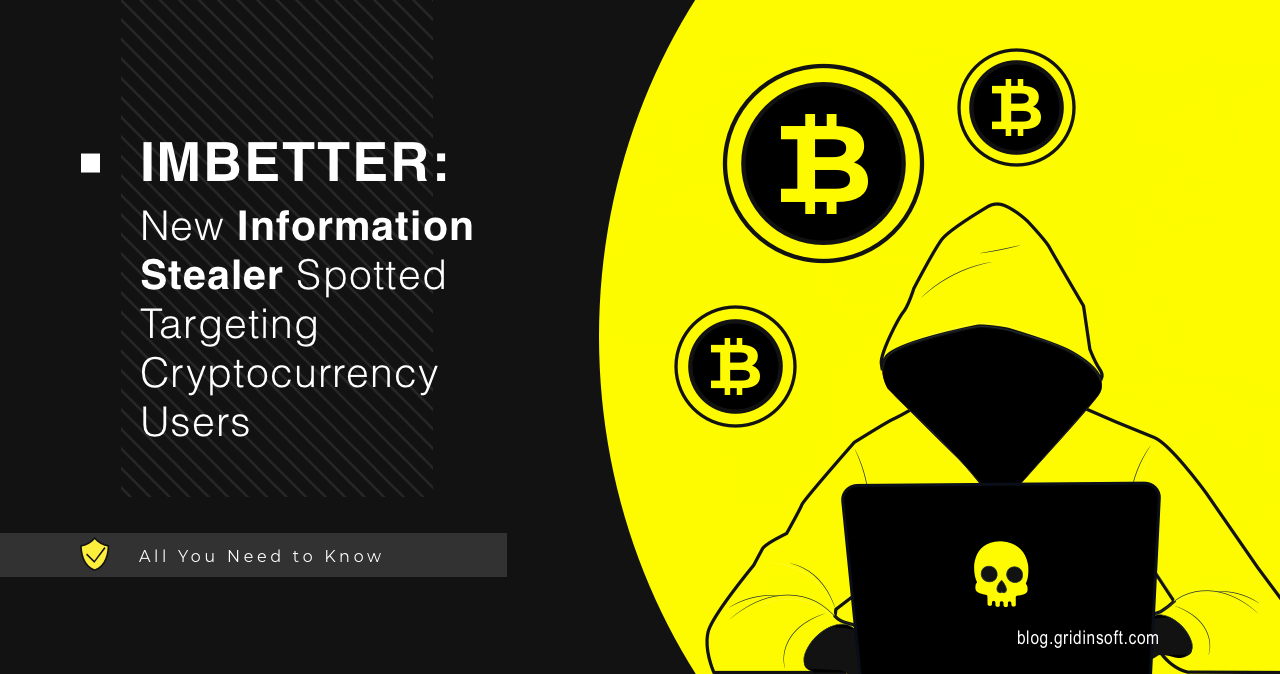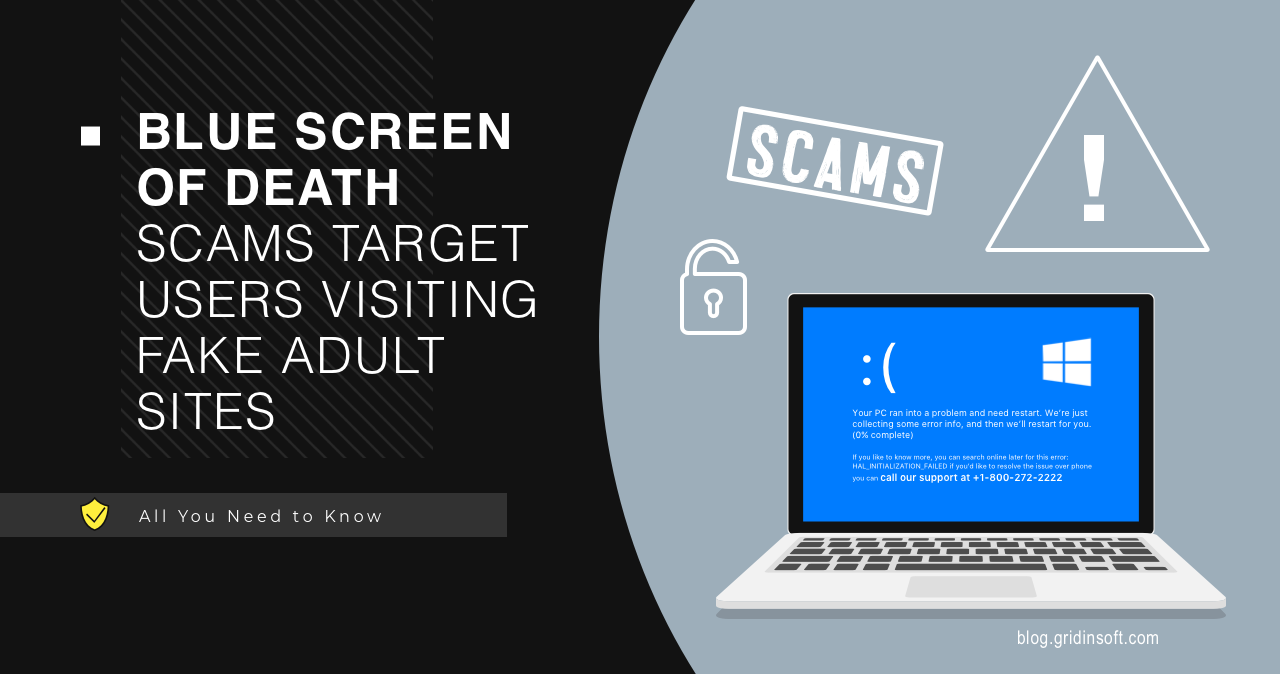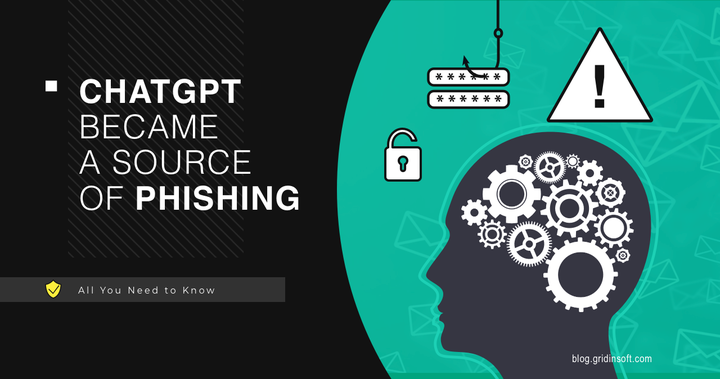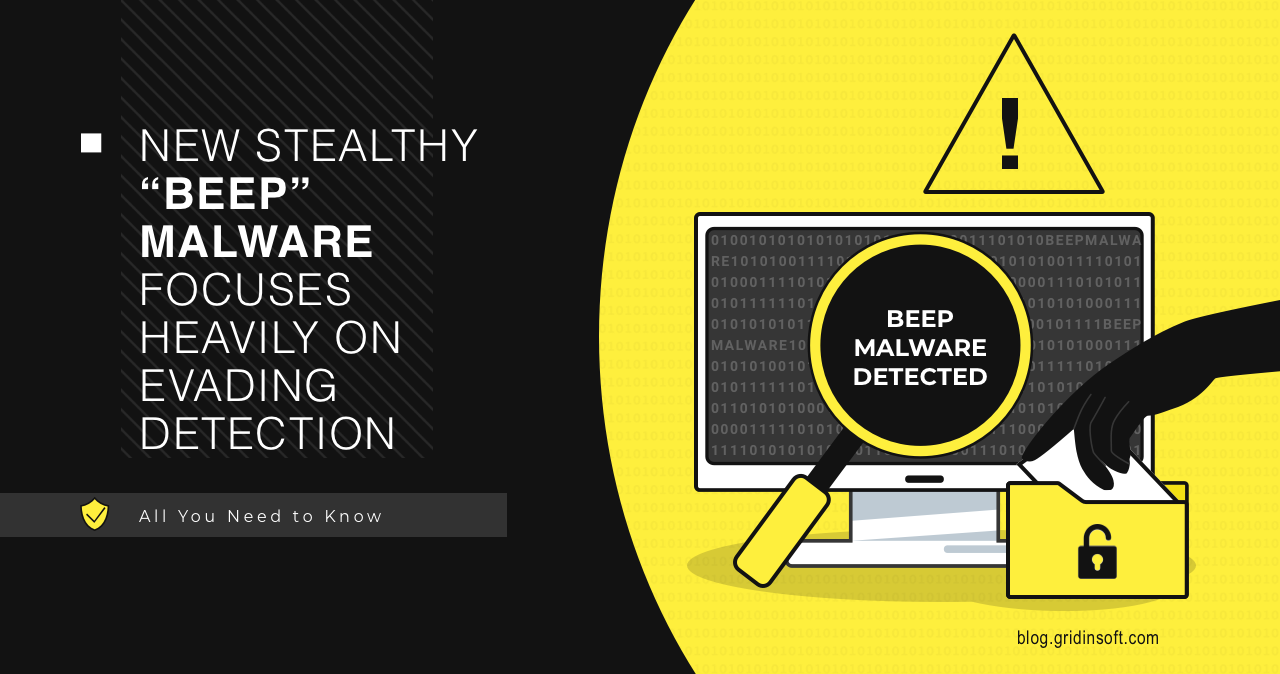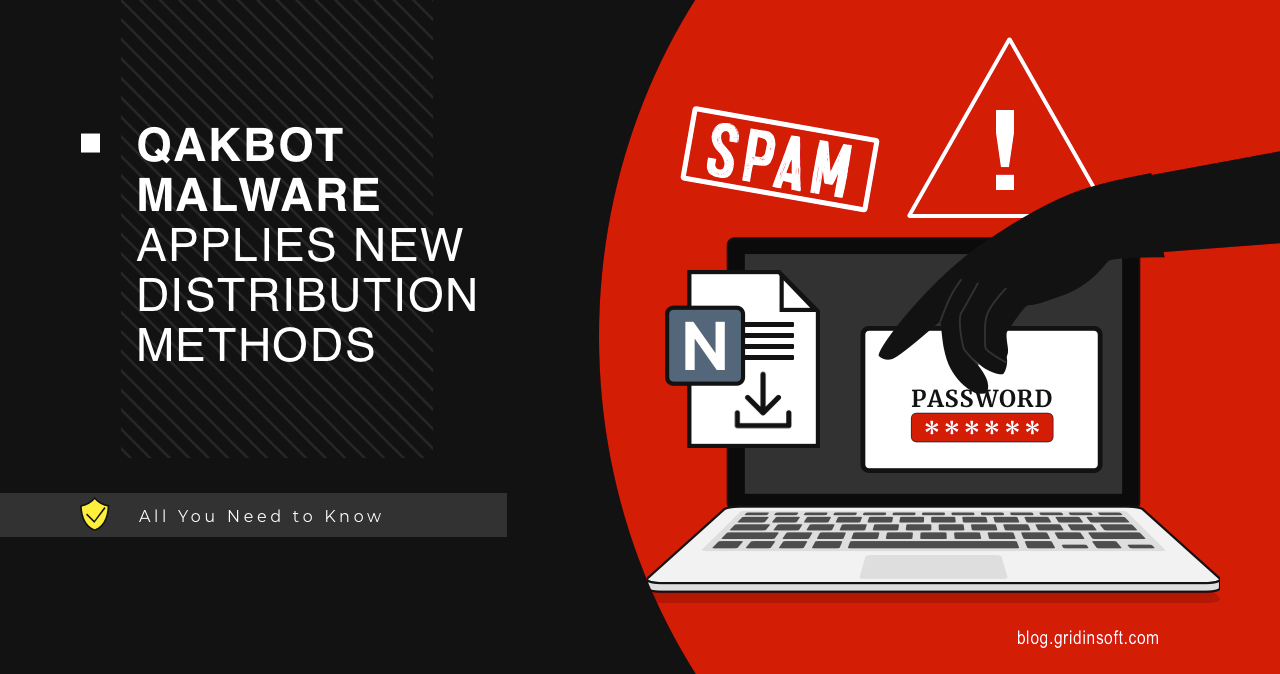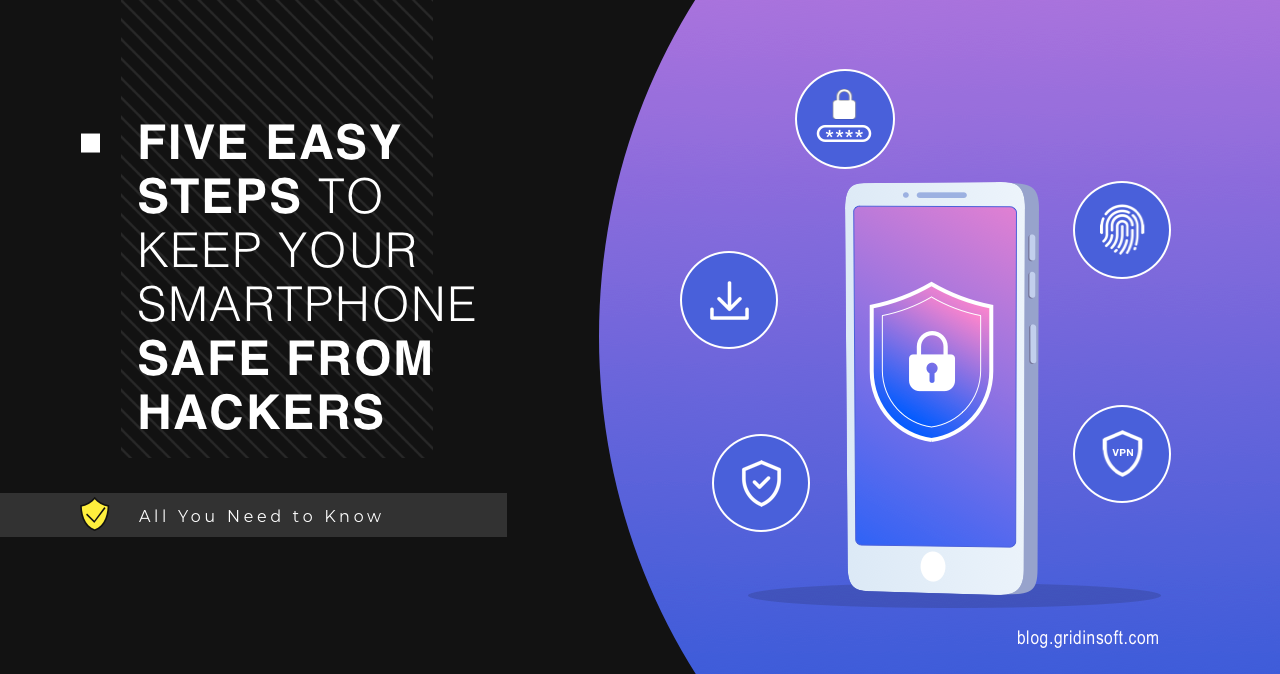Acronis Breached, Internal Data Leaked
Acronis, a Swiss-based information technology company that provides file recovery services for…
ImBetter: New Information Stealer Spotted Targeting Cryptocurrency Users
Today, phishing sites are commonplace. But unfortunately, this seemingly old, deceptive tactic,…
Fake BSOD Scams Target Users Visiting Fake Adult Sites
The blue screen of death is probably the most unpleasant thing Windows…
New Acer Breach Exposes 160GB of Data
Companies tend to hide the case of a cybersecurity breach – for…
СhatGPT Became a Source of Phishing
As the digital world continues to evolve, so do the tactics of…
New stealthy “Beep” malware focuses heavily on evading detection
Cybercriminals periodically develop something new. Sometimes it is an updated version of…
LastPass Breach Investigation Goes On, Things are Even Worse
LastPass, owned by GoTo (formerly LogMeIn) and with over 30 million users,…
Qakbot Malware Applies New Distribution Methods
Today there is an arms race between cybercriminals and antimalware manufacturers. While…
One Year of Russian-Ukrainian War in Cybersecurity
February 24, 2022, will be a turning point in history. It was…
Five Easy Smartphone Security Tips to Keep It Safe From Hackers
These days, the smartphone is more than just a means of communication.…
How DDoS Can Badly Hurt Your Business
Everyone at least once faced the fact that they cannot go to…
TrickBot Members Sanctioned By U.S. and UK
US and UK law enforcements imposed sanctions against 7 members of a…


